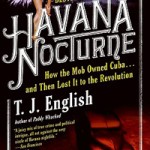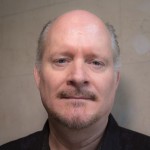The Havana Mob during the 1950s
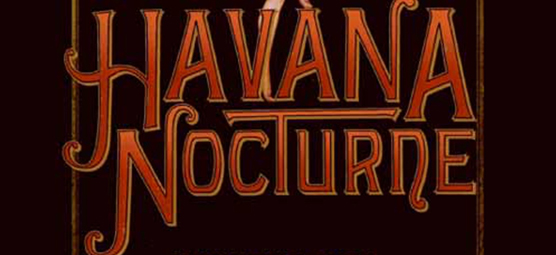
Havana, Cuba, served as a virtual haven for organized crime in the 1950s. After former Cuban President Fulgencio Batista staged a bloodless military coup to resume the presidency in 1952, he solicited large bribes from top American hoodlums who would spend hundreds of millions to develop hotel-casinos and lavish nightclubs in Havana with the full support of Batista’s corrupt government.
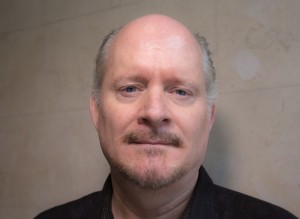
The Havana Mob, including Charles “Lucky” Luciano, Meyer Lansky, Santos Trafficante and Albert Anastasia, operated freely in the city until New Year’s Day 1959 when Fidel Castro’s leftist rebels suddenly overthrew Batista, seized the Mob’s properties and closed its casinos.
The remarkable story of Havana during that era — its unparalleled nightlife that attracted American’s rich and famous, organized crime investments in ultra-modern resorts and its payoffs to Cuba’s politicians and police followed by the Mob’s spectacular collapse — will be the subject of an Author Talk at The Mob Museum at 1 p.m., Saturday, August 8, by T.J. English, who chronicled the period in his 2008 book Havana Nocturne: How the Mob Owned Cuba…Then Lost it to the Revolution.
As English relates in Havana Nocturne, Lansky, perhaps America’s top mobster, had been damaged by revelations during the Kefa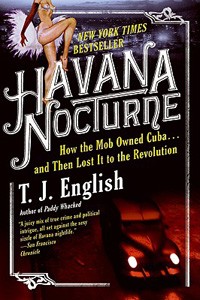 uver hearings in the early 1950s and could not be licensed where American casinos were legal in Nevada. However, in Cuba, Batista appointed him official overseer of the nation’s gambling activities. Lansky, Luciano, Trafficante, Anastasia and their associates would invest $950 million into Havana by the late 1950s. The mambo, a Latin beat combination of music and sensual dance, would become what English describes as the “unofficial dance of the Havana Mob” in clubs such as the Tropicana. Other clubs such as the Shanghai featured nude dancing and live sex shows.
uver hearings in the early 1950s and could not be licensed where American casinos were legal in Nevada. However, in Cuba, Batista appointed him official overseer of the nation’s gambling activities. Lansky, Luciano, Trafficante, Anastasia and their associates would invest $950 million into Havana by the late 1950s. The mambo, a Latin beat combination of music and sensual dance, would become what English describes as the “unofficial dance of the Havana Mob” in clubs such as the Tropicana. Other clubs such as the Shanghai featured nude dancing and live sex shows.
Meantime, as Batista maintained brutal, dictatorial control over the populace, Castro and his revolutionary army readied themselves in the Sierra Maestra Mountains to eventually oust the Mob “embezzlers” who were seen as looting Cuba.
“Gaming and leisure were only part of the equation,” English writes. “The idea formulated by Luciano, Lansky, and others was for Havana to serve as the front for a far more ambitious agenda: the creation of a criminal state whose gross national product, union pension funds, public utilities, banks, and other financial institutions would become the means to launch further criminal enterprises around the globe. The Havana Mob could then bury the profits from these criminal operations underneath the patina of a ‘legitimate’ government in Cuba and no one would be able to touch them.”
English, an Irish-American journalist and best-selling author, also wrote The Westies (published in 1990) focusing on Irish hoodlums Jimmy Coonan and Mickey Featherstone of “Hell’s Kitchen” in New York, and Paddy Whacked: The Untold Story of the Irish American Gangster (2005) about such characters as Big Bill Dwyer, New York’s infamous rumrunner during Prohibition, and James “Whitey” Bulger of South Boston. His 1995 book Born to Kill: The Rise and Fall of America’s Bloodiest Asian Gang, traces Asian organized crime in New York’s Chinatown. His latest book, The Savage City (2011) describes the enmity between the New York Police Department and the Black Liberation movement from the 1960s to the early 1970s.
As a journalist, his feature stories have appeared in Playboy, New York magazine, Village Voice, Los Angeles Times Magazine and the New York Times. He received an award for Best Crime Reporting from the New York Press Club. English has also been a screenwriter for episodes of the TV cop shows NYPD Blue and Homicide. He was awarded the Humanitas Prize for his writing for Homicide.
English’s talk is free with Museum admission and free for Museum members.
Feedback or questions? Email blog@themobmuseum.org






